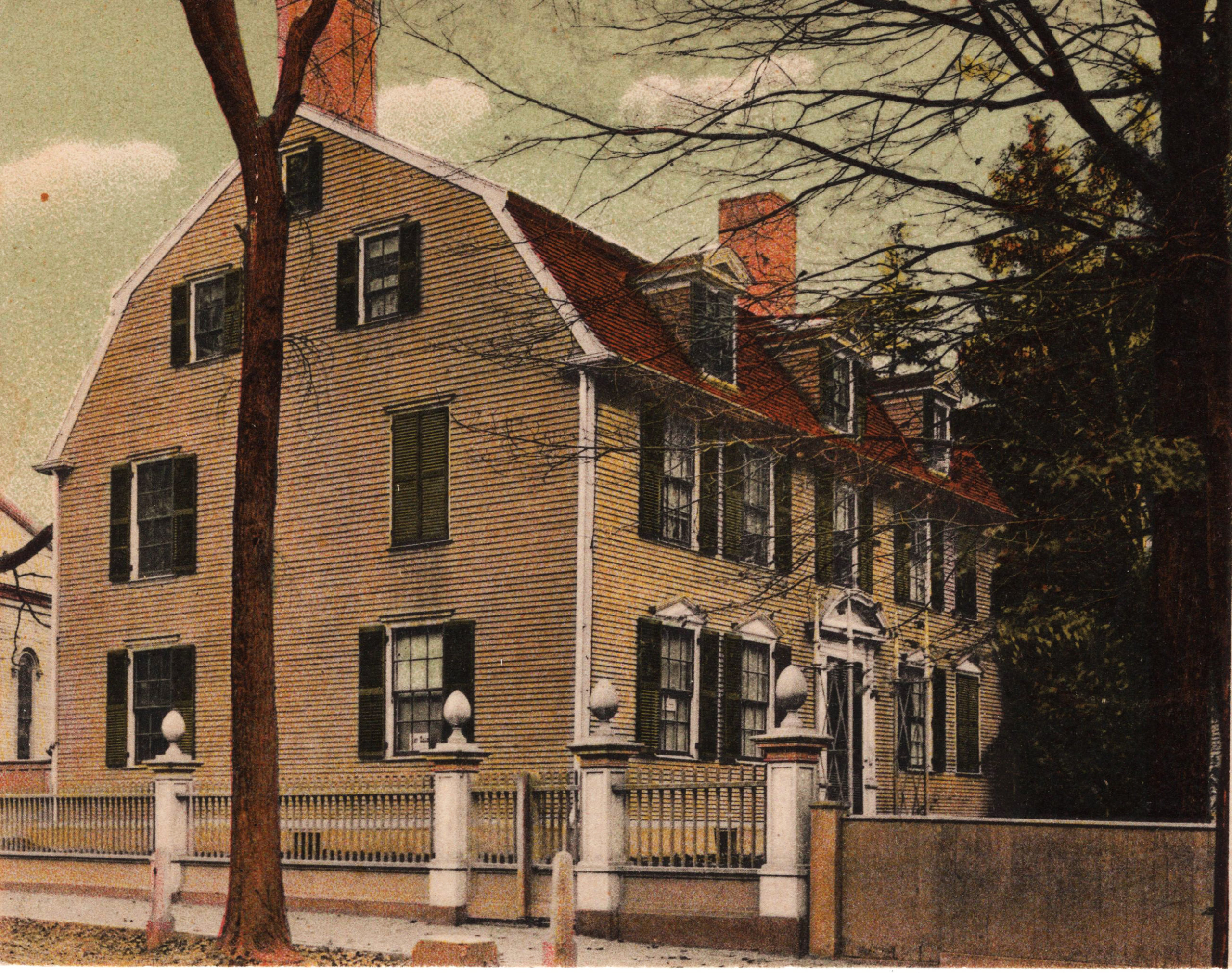
Did you know that we have a free story time in the gallery on Tuesdays at 10 am? For ages six months and up!
“Visual Conversations: Childhood, New England, and Picture Book Art.”

Children’s literature scholar, Cathryn Mercier, PhD, of Simmons University, will discuss how the picture book and the role of illustration has changed over the past one hundred years.
Thursday, August 18
6:30 – 7:30 pm
In-person and via Zoom
New Board Members



We’d like to welcome new board members Vicki O’Dowd, Ken Goldman, and Nancy Pearson! With a new director, new board members, and multiple new hires, we’re entering an exciting period of growth at PHS. We’re glad you’re part of the journey!
John Paul Jones House History
Part 7: The Lord’s House
By J. Dennis Robinson
In one of the strangest moments in American history, Thomas Jefferson and John Adams, both founding presidents of the United States, died on July 4, 1826. It was the 50th anniversary of the signing of the Declaration of Independence. That year a prominent Portsmouth banker, industrialist, and stockbroker named Samuel Lord bought the old Purcell Mansion from the Ladd family. Lord renovated the house, added ells, a barn, a carriage house, and a two-story Queen Anne-style porch. An 1853 painting of the intersection at Middle and State Streets shows a familiar house and curved wooden fence.
After Samuel Lord’s death in 1871, his daughter, Mary Morison, continued to occupy the house. She married into the Rundlett-May family and her wedding dress is still part of the historical society collection. Mary’s son, Ralph May, was born in the house in 1882. A Boston financier who later summered at the Rundlett-May House on nearby Middle Street, Ralph was an avid local historian. In his booklet Among Old Portsmouth Houses (1946), he claimed John Paul Jones had engraved his initials on a window pane while lodging with Widow Purcell, a legend he inherited from his mother. The evidence, Ralph May added, was “unfortunately destroyed.”
The Jones-Purcell connection was popularized by writer and painter Sarah Haven Foster, who produced the city’s first historic house walking tour. Her popular pocket-sized volume, A Portsmouth Guidebook, included a brief reference to the “residence of the late Samuel Lord.” However, Sarah mistakenly listed Jones as a boarder in 1779 when he was in France.
In 1884, the Rockingham House next door burned. Turning tragedy to profit, Rockingham owner and Portsmouth ale tycoon Frank Jones, rebuilt a larger and grander hotel. Jones founded the Granite State Fire Company to cash in on the growing need for business insurance. When Mrs. Morison died in 1903, the fate of the old mansion on the corner was unknown. To some, it was the ideal spot for a modern office building.
…to be continued

This colorized image from an early 20th-century penny postcard identifies the building as the Lord House. (Courtesy of the author’s collection)
Now Hiring!
Portsmouth Historical Society is entering a new era, and we’re building our team! We’re looking to fill three full-time positions and one part-time position. If you know anybody who would like to be our
- development manager (FT)
- marketing manager (FT)
- volunteer & program coordinator (FT), or
- registrar & collections assistant (PT)
please send them to our Employment page!
